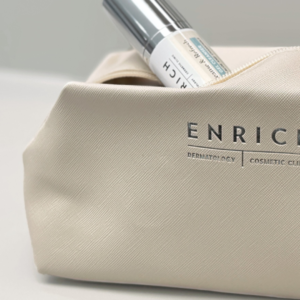So how can you get glowing skin?
TIP 1: UP YOUR ANTIOXIDANTS
Our skin is often an accurate reflection of what’s going on inside.
A healthy diet, full of antioxidant-rich foods will go a long way towards improving your skin’s complexion.
Antioxidants are anti-inflammatory, cancer-fighting and protect against the sun (both UVA and UVB). They also aid in fighting skin infection and help regulate our immune responses. Antioxidants help improve blood flow (colour #1) and may increase collagen production (colour #2), thereby also improving skin texture.
Not only are antioxidants very important in maximising collagen production, but they also act as protection once it is produced.
We recommend ingesting as many coloured and varied fruits and vegetables as possible. Sip some tea too — preferably green or white.
By supplementing your antioxidant intake with an antioxidant serum in the morning, you are helping your skin cope with the environmental insults thrown at it during the day.
TIP 2: AVOID THE SUN
The sun has the ability to cause unevenness in all three colours, destroying any chance of achieving bright skin. It can cause broken blood vessels, patches of brown pigmentation and damage collagen. If the collagen layer is old, damaged or scarred, it will not bounce light back evenly and the skin won’t have that milky glow.
Always use a high SPF broad-spectrum sunscreen. Sunscreen is the single most important step in your Script Skincare routine.
TIP 3: CHOOSE YOUR SKINCARE WISELY
We asked Script Skincare’s product curator what she would recommend to boost skin brightness?
For those that are new to the cosmeceutical world, there are some key ‘brightening’ ingredients to look out for. These include:
- Liquorice
- Vitamin B (niacinamide)
- Tyrosinase inhibitors
- Vitamin A (sunscreen is a must)
The easiest way to find the right brightening product for you is to Script it. You can visit us in store for a full skin assessment or take the test online for free by clicking here.




